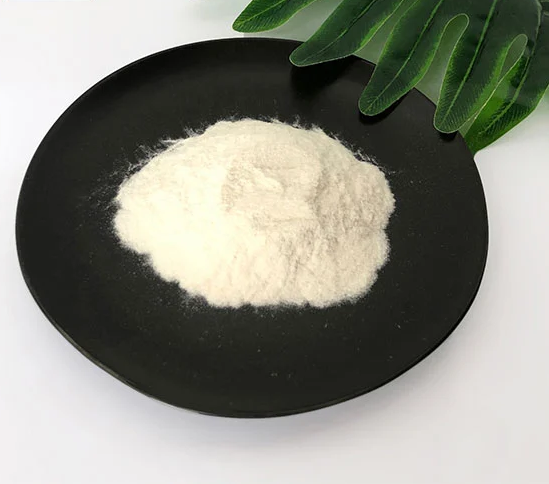1. Introduction:
Gypsum adhesives play a pivotal role in the construction industry, serving as a bonding agent for drywall and related applications. This article delves into the integration of starch ethers in gypsum adhesives, highlighting their transformative impact on performance attributes such as bond strength, water resistance, and processability.
2. Chemical Properties of Starch Ether:
Starch ether, a derivative of starch through deliberate chemical modification, undergoes a profound transformation in its molecular structure. A thorough understanding of the chemical intricacies of starch ethers is crucial for comprehending their behavior in adhesive formulations. This section explores the fundamental chemical properties, encompassing molecular structure, substituents, and the consequential impact of these modifications on adhesive properties.
3. Production Process of Starch Ether:
The production of starch ethers involves a meticulous series of chemical processes, including etherification and cross-linking. These processes are indispensable for tailoring the properties of starch ethers to meet specific adhesive requirements. This section provides a comprehensive analysis of the manufacturing processes, elucidating how variations in these processes influence the performance of starch ethers in gypsum binders.
4. The Role of Starch Ether in Gypsum Adhesive:
Starch ethers serve a multifaceted role in enhancing the performance of gypsum adhesives. This includes improvements in adhesion, cohesion, and overall product functionality. The section explores the intricate interactions of starch ethers with other ingredients in gypsum adhesive formulations, emphasizing their role in enhancing bond strength, water resistance, and mitigating adhesive shrinkage.
5. Advantages of Using Starch Ethers in Gypsum Adhesives:
The incorporation of starch ethers in gypsum binders presents numerous advantages, positioning them as the preferred choice in the construction industry. Specific benefits, such as enhanced adhesive flexibility, improved moisture resistance, and enhanced workability, are detailed in this section to provide a comprehensive understanding of their positive impact on gypsum adhesive formulations.
6. Challenges and Limitations:
While starch ethers offer significant advantages, it is essential to acknowledge potential challenges and limitations associated with their use in plaster binders. This section addresses critical issues, including cost considerations, compatibility with other additives, and the necessity for optimal formulation to overcome potential disadvantages.
7. Case Studies and Applications:
Practical applications take center stage in this section, featuring case studies that showcase successful instances of starch ethers in gypsum binder formulations. These real-world examples underscore the versatility of starch ethers in addressing specific project requirements within diverse construction scenarios.
8. Future Trends and Research Directions:
As the construction industry evolves, the demand for improved adhesive technology grows. This section explores potential future trends in the utilization of starch ethers in gypsum binders, suggesting avenues for further research and development. Emerging technologies, sustainable practices, and innovative formulations are identified as potential areas for exploration.


